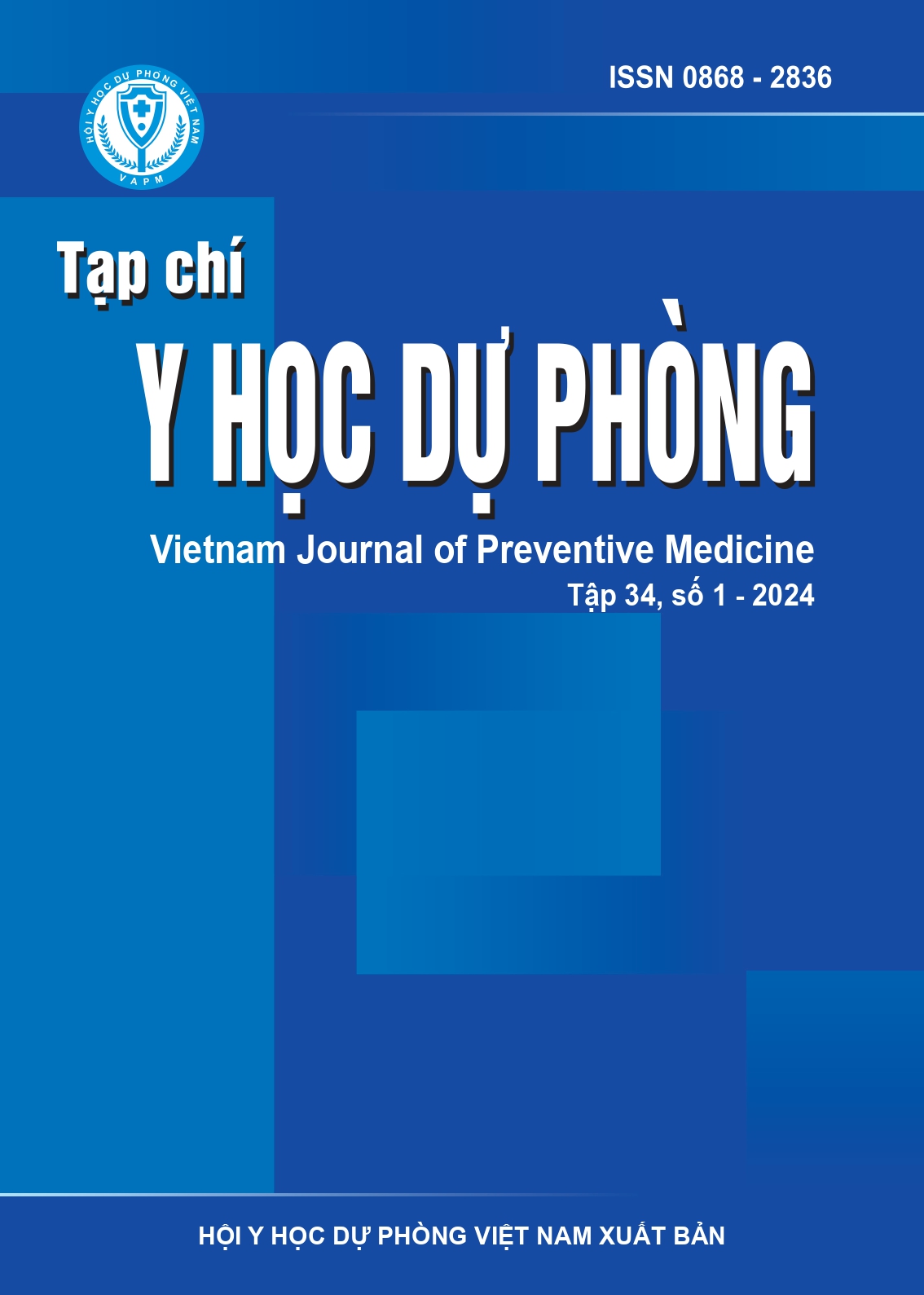Situation of urinary tract infections and antibiotic resistance of some common bacteria causing urinary tract infections at Thai Nguyen National Hospital in 2023
DOI:
https://doi.org/10.51403/0868-2836/2024/1552Keywords:
Urinary tract infection, E. coli, K. Pneumoniae, antibiotic resistanceAbstract
The study used a cross-sectional descriptive method to describe the situation of bacteria causing common urinary tract infections (UTIs) and the antibiotic resistance of some bacterial species. The study was conducted on 490 urine samples of patients diagnosed with UTIs from January to December 2023. The results showed that 117/490 (23.9%) culture samples were positive. Including, 112 bacteria, 5 fungi. Gram-negative bacteria make up the majority, with E. coli 42 (35.9%), ESBLproducing E. coli 15 (35.7%). K. pneumoniae 28 (23.9%), P.aeruginosa 17 (17.5%). E. coli has a resistance rate (> 80%) to ampicillin, sulfamethoxazole/trimethoprim, to cefalosporin (28.1 - 60.7%), and gentamycin (31%). K. pneumoniae is highly resistant to ampicillin (80%), amoxicillin/clavunalic accid (83.3%), resistant to cefalosporin (33.3 - 40%), resistant to carbapenem group (33.3%), gentamycin (31%), norfloxacin (40%). P.aeruginosa is resistant to all tested antibiotics at different rates (21.2 - 53.8%), some antibiotics have resistance rates > 50% such as Ceftazidime, gentamycin, levofloxacin, ofloxacin. Some common bacteria causing UTIs have a high rate at Thai Nguyen central hospital in 2023 E. coli, K. pneumoniae, P. aeruginosa. These bacteria are resistant to most of the tested antibiotics with different resistance rates, K. pneumoniae and P.aeruginosa have resistance rates to carbapenem antibiotics (33.3% and 45.5%).
Downloads
Downloads
Published
How to Cite
Issue
Section
License
Publication License No 150/GP-BTTTT signed on May 8, 2014;
Electronic Publication License No 322/GP-BTTTT signed on June 15, 2016.


